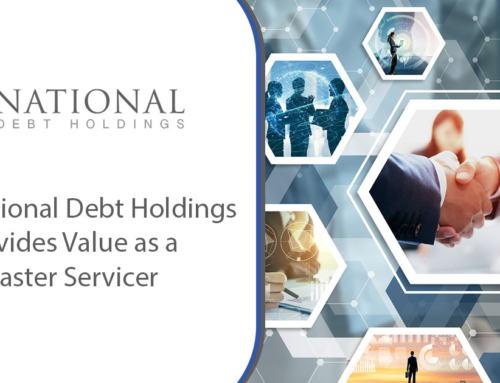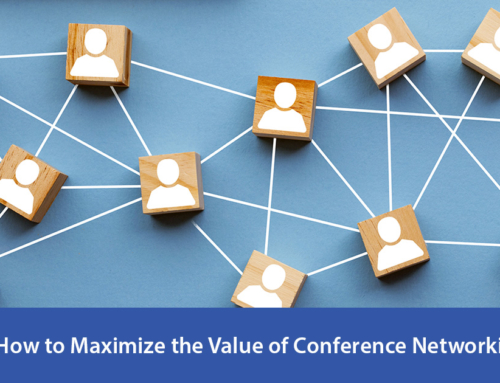Strong relationships are the lifeblood of business. Strong relationships with your customers, suppliers, vendors, and other stakeholders can be the difference between success and failure and is always a factor in customer satisfaction.
Building strong relationships is an art form. Everyone has different methods, tips, and tricks for how they build a powerful bond with their company’s stakeholders. In this article, we explore 5 different ways that receivables management professionals can build more powerful relationships with their clients.
1. Follow-Up When You Say You Will
So you’ve made a new connection at a conference, through a recommendation, or in a chance (or serendipitous, perhaps) social encounter of some sort. Make sure not to let this small window of opportunity pass you by. If you’re serious about growing your client relationships, seize opportunities to follow up on connections and put action behind your words. Clients are looking for relationships built on mutual trust. Let your first steps set the tone.
If you made a statement during your discussion like, “I will follow up with a proposal,” make sure that you follow through in the timeline promised. The saying is tried and true: Underpromise and overdeliver. Make sure you communicate and coordinate effectively with any responsible teams so that when you represent your company, you have a solid grasp of reasonable expectations for process scalability and timelines. Remember that while confidence and positivity are attractive, even more attractive are tangible results. So be realistic, don’t overpromise, and do follow up on your word.
2.Transparency Throughout the Process
Remember that clients are human too. When you’re forthright and professional, you may gain valuable trust and respect from your clients/potential clients. So if you have feedback, concerns, questions, or suggestions, it might be well worth the risk of stepping out and sharing those. Your insight or feedback may end up being extremely valuable to the success of the relationship. Maybe your company has a solution that will benefit your new client. Improved efficiency is win-win.
Getting to know your clients on a deeper, personal level can make the process of building a relationship less intimidating. Get to know them and let them know a little about you. Figure out if this is a relationship you both consider worth developing. Get creative and don’t lose sight of developing those personal connections. And of course, while a connection helps build trust, be sure to keep it professional.
Remember that while you may share a connection, you’re there to deliver a product or a service. If you experience a hiccup or delay of some sort, be honest. But make sure you do everything in your power to course-correct and make it right. In the end, your transparency can help you gain your client’s trust and respect (and hopefully, continued business).
3.Demonstrate Compliance
Make sure your company is current on the latest data security and industry regulatory requirements and standards of best practice. Clients are looking for protection, not just performance. If you need to brush up your privacy policies, revamp your IT protocol, or study up on the regulation changes on the way, do that– and do it as quickly and thoroughly as possible. Find out what kind of certifications or designations your client base is looking for and take steps to achieve those.
Make sure your company is in a position to adapt, pivot, and grow compliance-wise if new business opportunities come your way. ARM companies are currently facing a horizon of many changes and challenges— from consumer demand for digital communications to Regulation F updates to changes in the CFPB administration– and clients want to know you are prepared.
4.Always Be Accurate
The best way to build client relationships is to deliver exceptional service! What, when, and how you deliver are ultimately the way to build your company’s reputation and the likelihood of future referrals. Make sure all client reporting and services are accurate and on point. One way to do this is to review any client manuals/updates thoroughly and make sure you’re meeting expectations. Likewise, if you have expectations from your client, clarify and communicate those. Make sure any necessary adjustments are made quickly and effectively across all relevant teams. Get ahead of any client audits so that you succeed with flying colors.
When it comes to accuracy, you’ll need effective communication and collaboration. Make sure internal and client-facing expectations are clearly understood and implemented. Details matter. If you need clarification, seek it up front, not later when it may be too late. Get feedback from all relevant teams and designate client liaisons for key points of communication. If you aren’t organized internally, it will eventually show in your work output. Clarity and accuracy are crucial to delivering a good client experience.
5.Communication is Key
Keep communication with clients simple, direct, and on time. You don’t want one client dominating or monopolizing your valuable time, and the same is true in reverse. You and your clients are likely juggling multiple priorities, so show the same respect and value for clients’ time as you expect for yours. Establish who, when, and how the client prefers communication and follow those guidelines. Keep emails and phone calls limited in number and concise in content, and be the first to arrive at meetings.
Provide your clients/potential clients with multiple ways to reach you or your company, and be responsive. If you receive an email and need some time to find the answers, for instance, a good rule of thumb is to reply within one business day, even if it’s just to let them know you’re looking into it and will follow up. Follow up as soon as possible or provide a realistic timeline on when you’ll follow up. Make sure not to leave a client left in the lurch or wondering why you’ve gone dark unless you’re prepared to lose the relationship. Good communication is essential for building and maintaining client relationships.
About the Author
Jeremy Poehler is President of National Debt Holdings, a client-centric receivables management firm assisting creditors with improving their cash flow performance from account portfolios. He is an experienced receivables management professional with a demonstrated history of adding value to account portfolios. Jeremy and NDH are focused on providing creditors with a reliable outlet for the acquisition and recovery of receivables portfolios.
NDH is an RMAI Certified Receivables Business and is headquartered in Ft. Lauderdale, FL.



